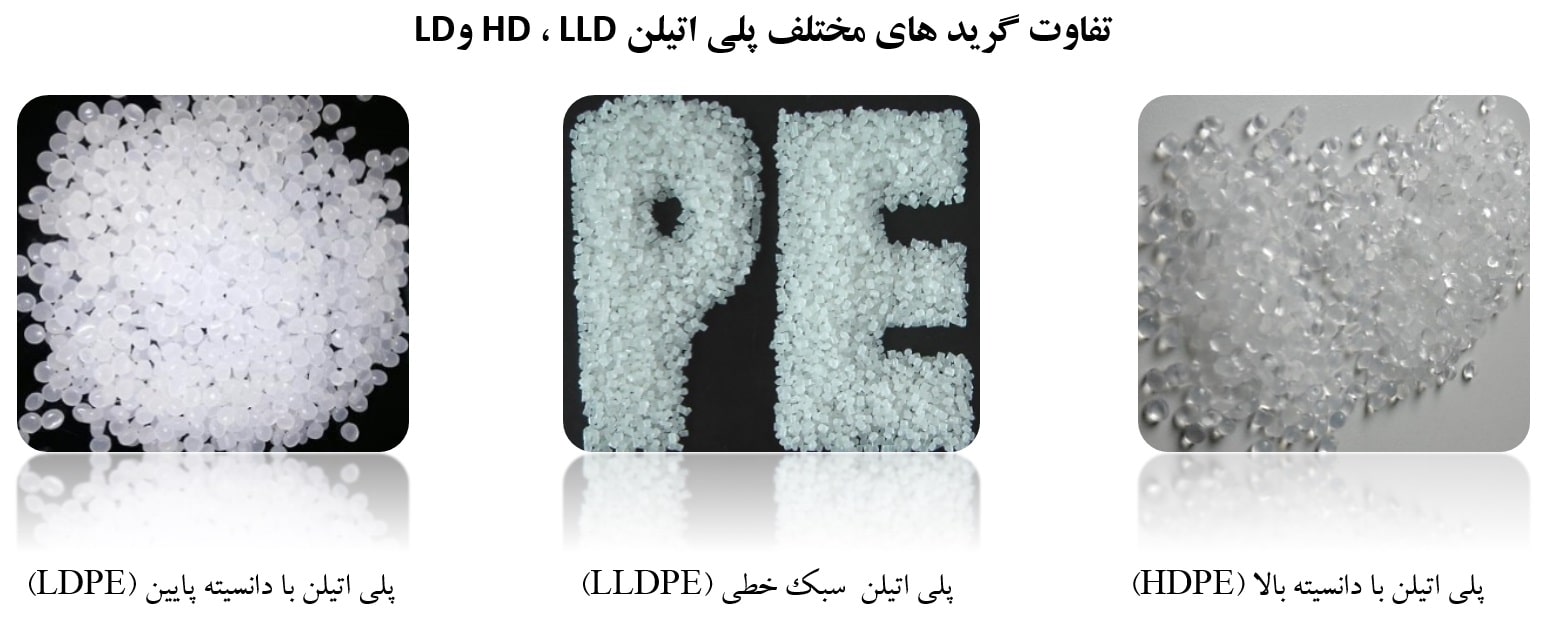Polymer melts show the stress relief behavior associated with the molecular structure of polymers in response to the applied deformation. The purpose of this study is to investigate the rheological behavior of branched polymers and the effect of branching on linear and nonlinear viscoelastic flow for use in various industrial applications.
Investigation of rheological behavior of lightweight polyethylene in linear and nonlinear viscoelastic flow and using multi-mode PAM-PAM model to predict unidirectional tensile flow
For this purpose, rheological tests such as frequency scanning and tensile testing for two light polyethylenes (LDPE) with long branches have been used. From these tests, storage and loss modules, complex viscosity and tensile viscosity are obtained. Molecular models in nonlinear viscoelastic regions can also be used in this regard. Linear viscoelastic tests can show some presence of branch in LDPE, while nonlinear viscoelastic tests for the branched sample show stiffening behavior against strain. One of the efficient models for branched polymers is the Multimode Pom-Pom (MPP) model, which can be used to predict the phenomenon of strain hardening in tensile currents. In this research, the average number of lateral branches has been calculated using this model.


